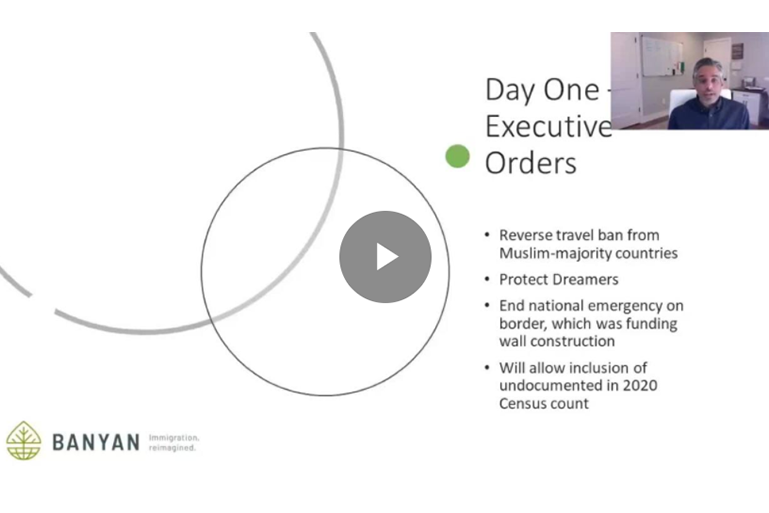1. Streamlining digital payments
The deliberate march from paper to digital continues. Tension remains which has treasury managers constantly searching for digital solutions and ways to improve operations in the payments journey.
“The B2B payment landscape has evolved and, in my opinion, drastically improved over the last few years,” says Dhiren Patel, U.S. Bank senior vice president and head of CRE Deposit & Payment Solutions.
“Banks and FinTechs have tackled many of the core issues in CRE, including how many banks and bank accounts our clients have along with the importance of ERP integration. Solutions like U.S. Bank’s AP Optimizer have combined the best of a bank and a FinTech to assist our clients in their transformation journey.”
Treasury and technology innovations require robust cybersecurity and controls to protect the migration from check to electronic payment types and regulate how that account information is stored and managed.
2. Crawling or sprinting through transformation
The next digital wave means investing in – or at least understanding – new technology like APIs (application program interface) or robotic process automation.
Robotic process automation, or the use of bots, creates efficiency by using computing power to process manual tasks such as data entry, freeing up employees to tackle more intriguing and satisfying work. Many clients are utilizing bots to streamline vendor onboarding, bank reconciliation and other treasury tasks.
Application program interface integrates software and creates greater connectivity. Operating systems that can speak to one another in real time expedites payments to suppliers, streamlines reconciliation and provides treasury teams with increased flexibility.
3. Accelerating accounts receivable
Getting the right bill to the right party for the right amount is the driving ambition in accounts receivable in CRE. The more automated payment options companies offer to customers, the faster they can get paid and set rules to control collection costs. While multifamily managers have been quick to do so as consumer expectations forced them to, B2B asset classes such as retail, office and industrial are following suit.
It remains a heavy lift convincing reluctant clients who are still skeptical of digital transparency and do not want to fix what isn’t broken. But transformation is inevitable. A robust portal with detailed invoice information such as base rent and CAM, supporting documentation and a viable communication channel can provide value to both parties.
4. Ransomware and relentless rogues
A 2019 case study revealed 24 million mortgage and banking documents were available online in an unprotected database for two weeks. A data analytics company with access to the files failed to secure paper documents and handwritten notes with basic passwords.
Fish in a barrel compared to hackers who attack company servers. They will ransack and monetize access before unleashing ransomware to hold a business hostage unless they pay to retrieve their data.
Routinely testing your instant response team creates muscle memory and expertise to contain damage as fast as possible. Basic hygiene includes backing up data and documenting risks.
Multi-factor authentication and biometric logins provide layered controls that can minimize exposure.
Risk management cannot take a backseat as companies rely more on third parties and the cloud.

































































